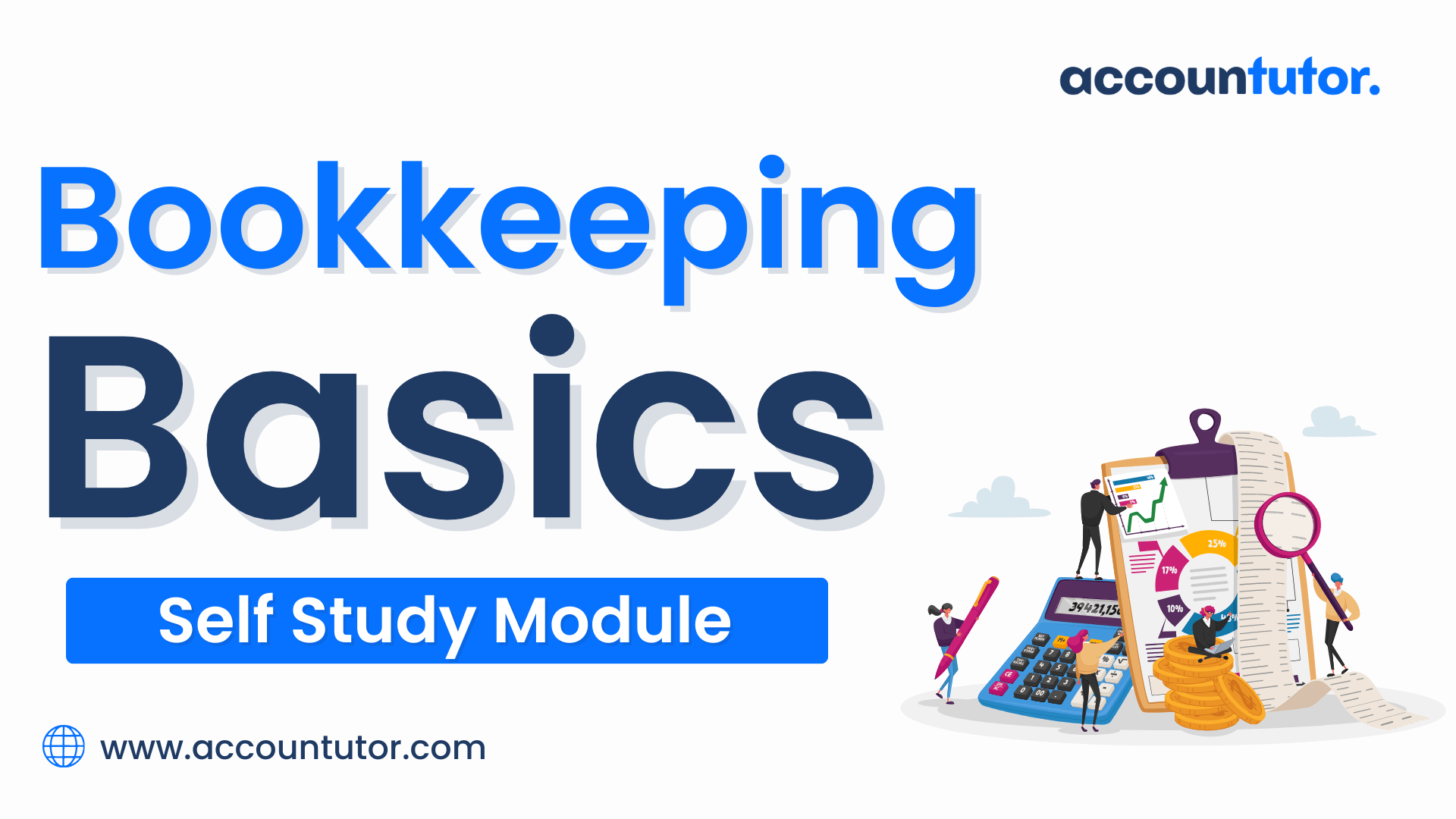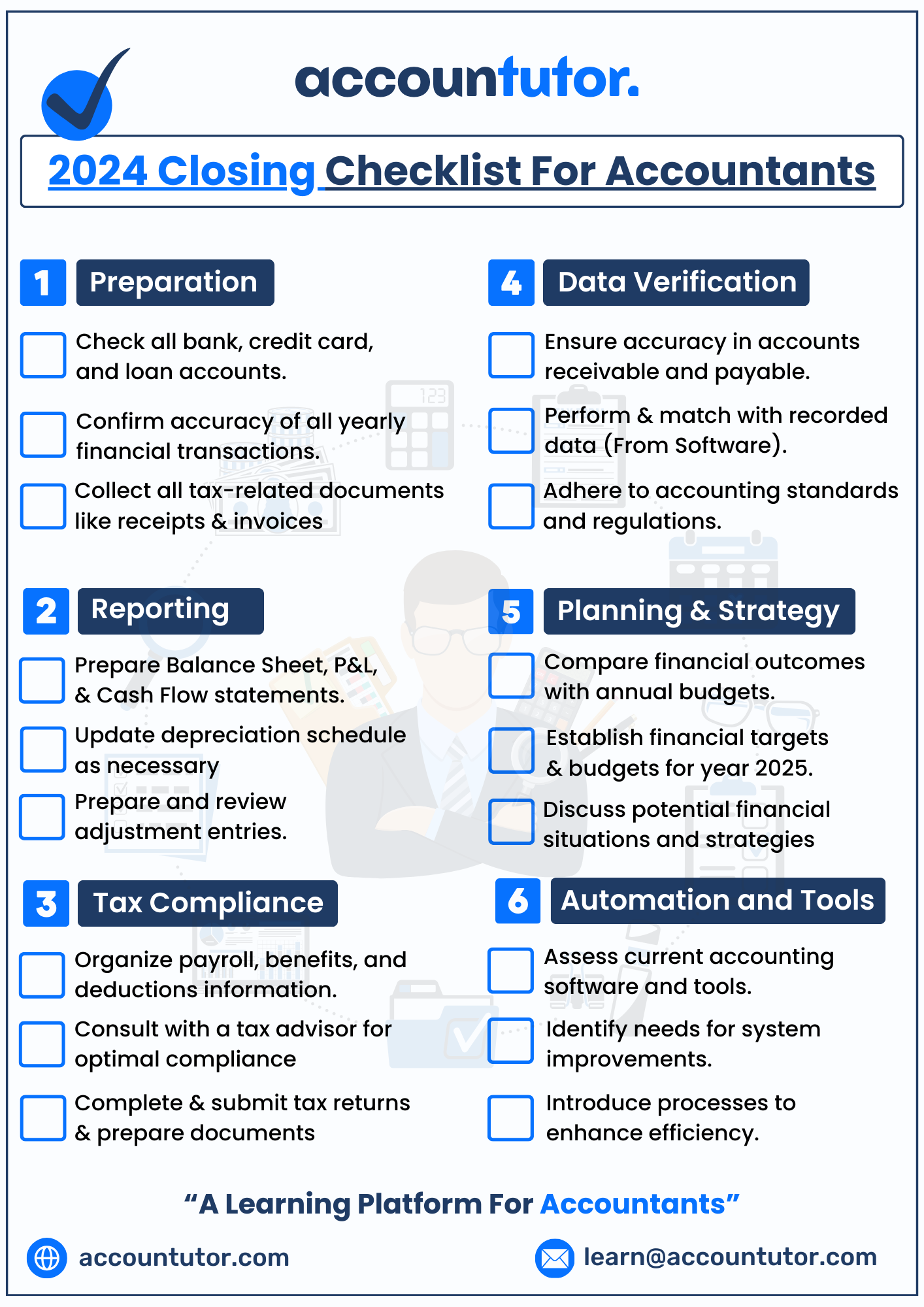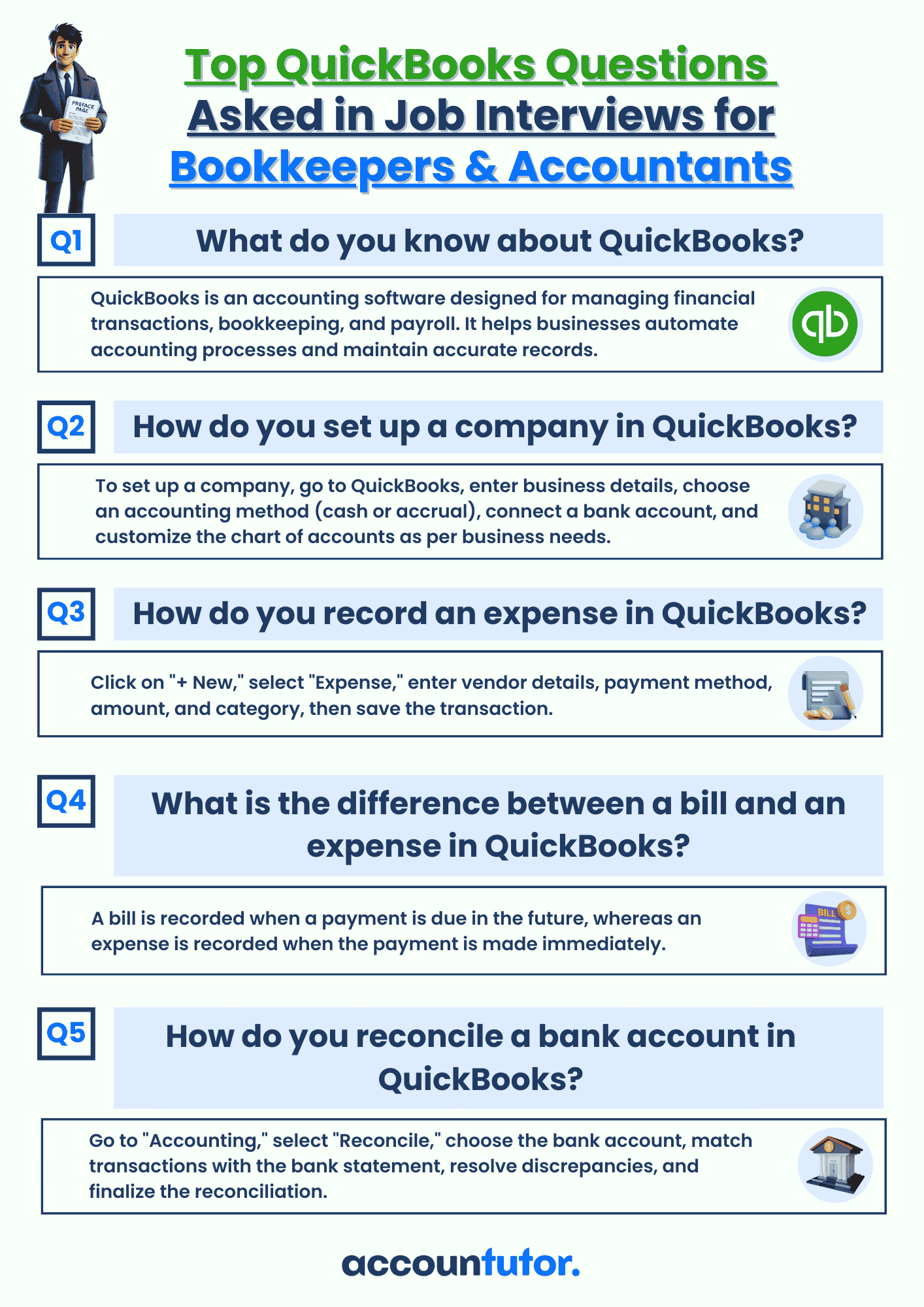Chapter 1: Bookkeeping
1. What is Bookkeeping?
2. Importance of Bookkeeping in Business
3. Accounting vs Bookkeeping
Chapter 2: Bookkeeping Systems and Methods
1. Single Entry vs Double Entry Bookkeeping
2. Manual vs Computerized Bookkeeping
3. Cloud-Based Bookkeeping Solutions
Chapter 3: The Accounting Equation & Financial Transactions
1. Understanding the Accounting Equation
2. Assets, Liabilities & Equity
3. Recording Business Transaction
Chapter 4: Chart of Accounts & General Ledger
1. Understanding the Chart of Accounts
2. Posting Entries in General Ledger
3. Common Bookkeeping Accounts
Chapter 5: Recording Transactions
1. Journal Entries and Ledgers
2. Recording Sales and Expenses
3. Adjusting Entries
Chapter 6: Bank Reconciliation
1. Importance of Reconciliation
2. Steps in Reconciling Bank Statement
3. Identifying and Correcting Errors
Chapter 7: Payroll Processing
1. Basics of Payroll Accounting
2. Payroll Taxes and Deductions
3. Payroll Record-Keeping
Chapter 8: Bookkeeping for Different Business Structures







